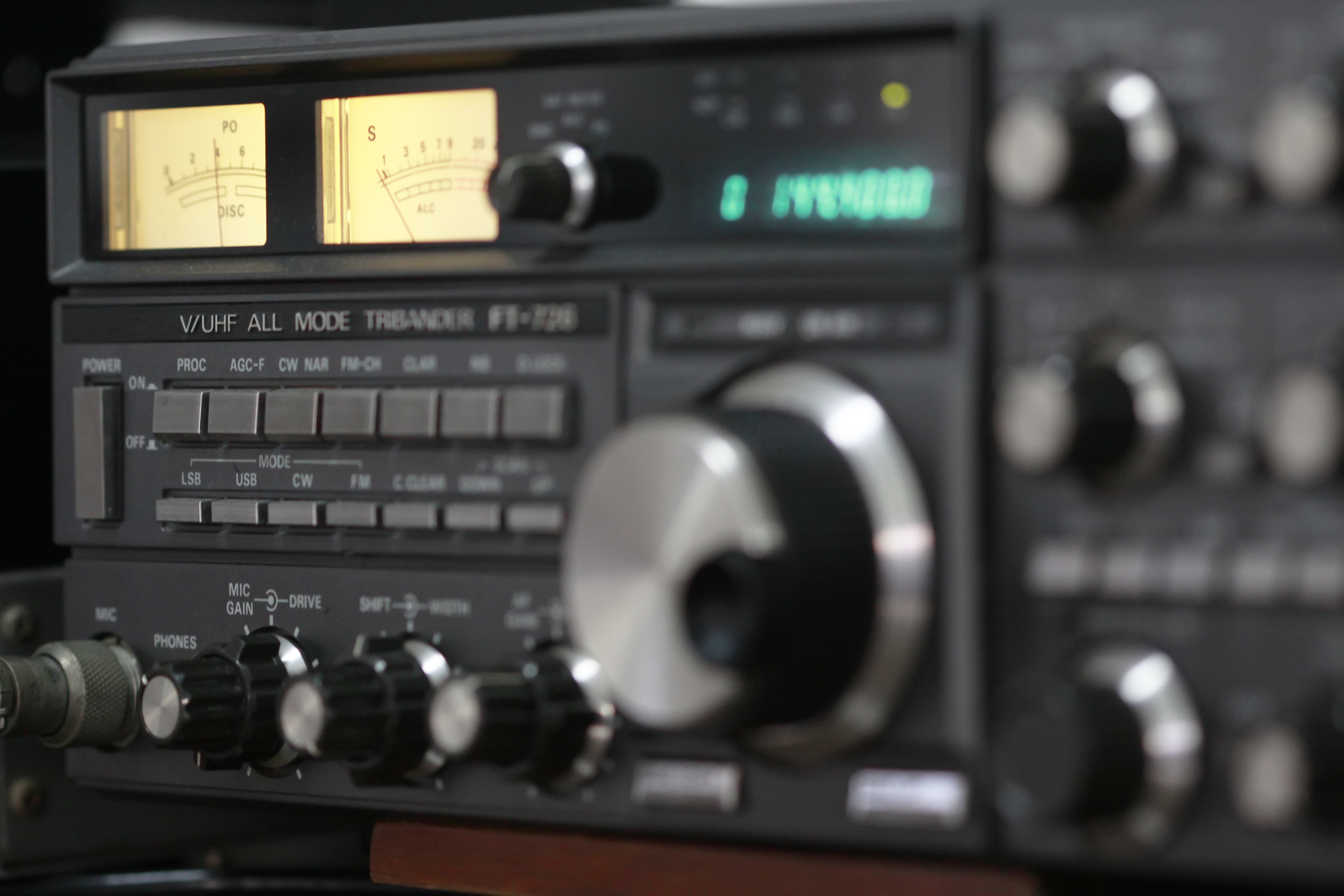Morse Code
Morse code, a method of encoding text characters through sequences of dots and dashes, has a rich history dating back to the early days of telegraphy. Developed by Samuel Morse and Alfred Vail in the 1830s, it revolutionized long-distance communication by allowing messages to be sent quickly and accurately over telegraph lines. Imagine the excitement of the 19th century, when the click-clack of the telegraph key was the sound of progress and connection. Even today, Morse code remains a vital skill for amateur radio operators, emergency responders, and enthusiasts who appreciate its simplicity and reliability.
The beauty of Morse code lies in its elegance and efficiency. Each letter and number is represented by a unique combination of short and long signals, known as dots and dashes. This binary-like system can be transmitted through various mediums, including sound, light, and even touch. Picture a lighthouse beacon flashing a message across the sea, or a skilled operator tapping out a distress signal in the dead of night. Morse code’s versatility and resilience make it an invaluable tool in situations where other forms of communication might fail.
For many, learning Morse code is a rewarding challenge that opens up new avenues of exploration and connection. It requires patience, practice, and a keen ear, but the payoff is immense. Imagine the thrill of decoding a message from a distant station, or the satisfaction of sending your own signal across the airwaves. Morse code fosters a sense of accomplishment and camaraderie among those who master it, creating a unique bond that transcends language barriers and spans the globe. Whether you’re a seasoned operator or a curious newcomer, the world of Morse code offers endless opportunities for discovery and adventure.

VE3GPR